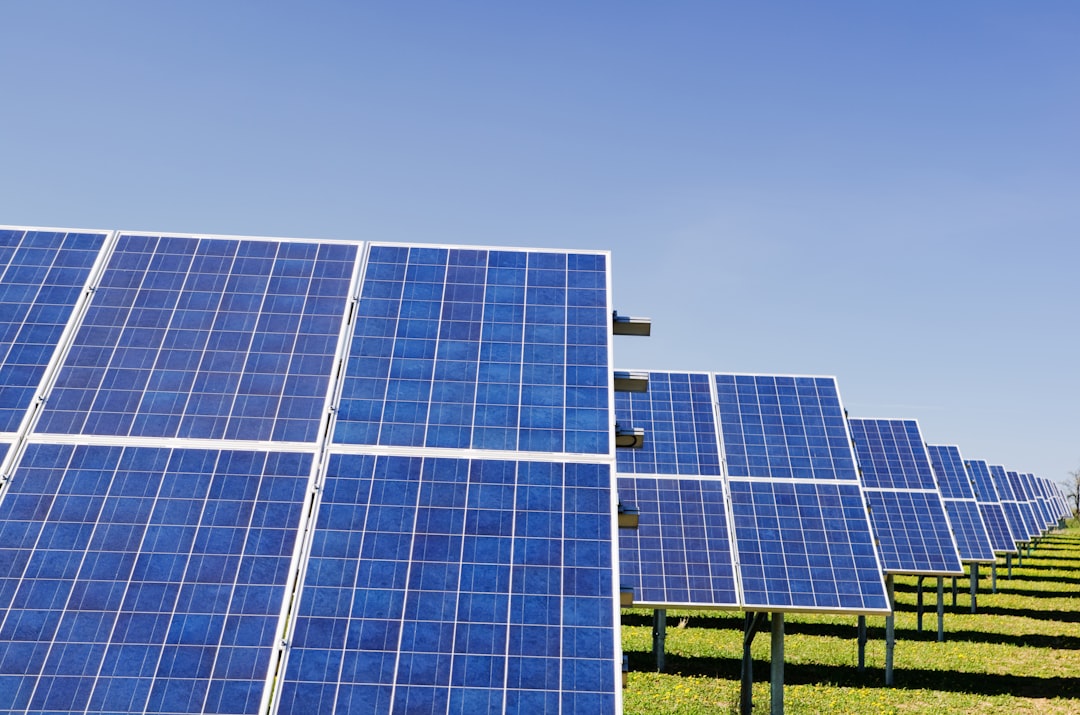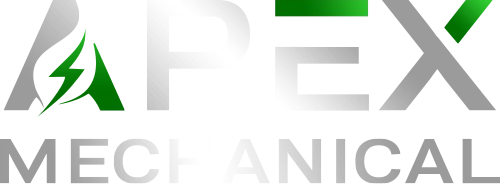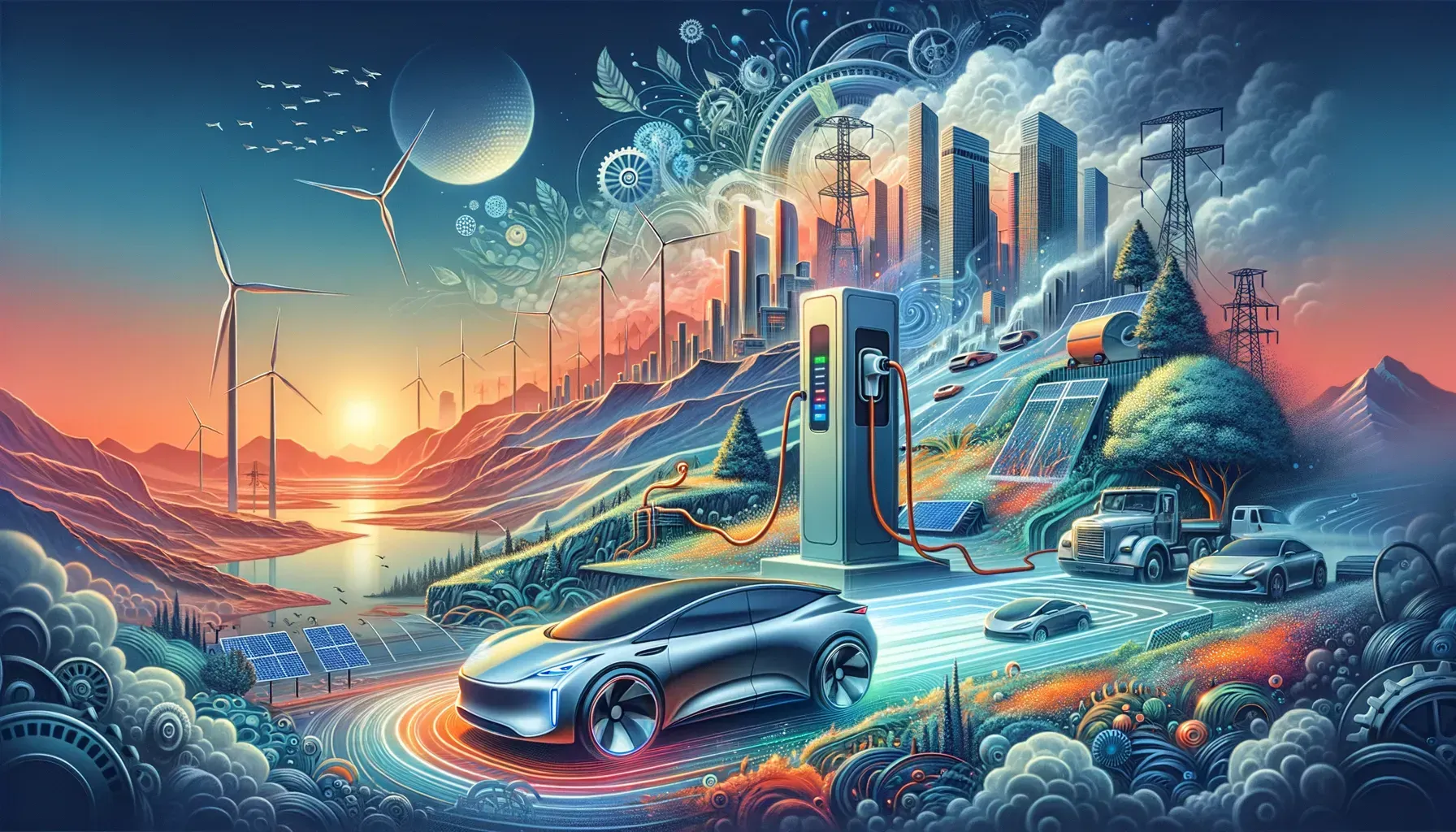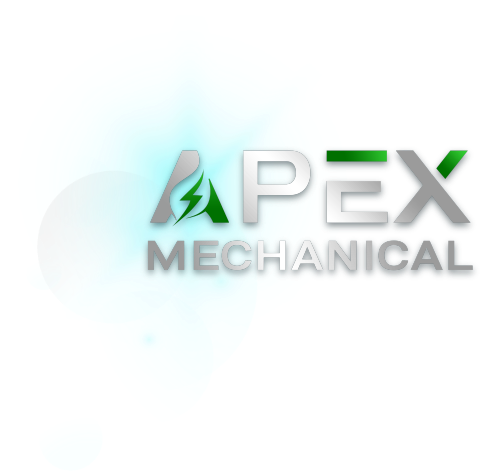Maximize Efficiency: The Ultimate Guide to Energy Management Systems for Modern Homes
Discover how Energy Management Systems can optimize energy use in modern homes, enhance efficiency, and reduce costs.
Understanding Energy Management Systems in Modern Homes
 Overview of Energy Management Systems
Overview of Energy Management Systems
Energy Management Systems (EMS) are crucial in modern homes as they optimize energy use by monitoring, controlling, and conserving energy. These systems integrate various smart technologies such as smart thermostats, smart meters, and IoT devices to enhance energy efficiency. By leveraging these technologies, EMS can significantly reduce utility costs and improve the overall energy profile of a household. They can be customized to meet the specific needs of each household, ensuring maximum efficiency and cost savings. With user-friendly interfaces and mobile apps, homeowners can monitor their energy usage and control systems remotely, making energy management both accessible and convenient.
 Benefits of Energy Management Systems
Benefits of Energy Management Systems
Enhanced Energy Efficiency
EMS play a pivotal role in reducing energy consumption by automating energy-saving modes through smart home technologies. For instance, in communities designed with integrated EMS, homeowners can save 40-50% on energy costs. These systems contribute to the home's resilience, allowing it to adapt to changing energy demands and optimizing smart energy management systems throughout the day.
 Cost Savings
Cost Savings
One of the primary benefits of EMS is the potential for significant cost savings. Through smart metering and dynamic energy tariffs, homeowners can pay less during periods of high energy supply. Additionally, EMS enable participation in demand response programs, which offer financial incentives for reducing energy use during peak times. Homeowners who implement EMS can also benefit from tax credits and rebates for energy-efficient upgrades and renewable energy installations.
Environmental Impact
EMS are instrumental in reducing a home's carbon footprint by optimizing energy consumption and promoting the use of sustainable energy sources. By integrating renewable energy sources like solar power, EMS further minimizes environmental impact. Moreover, smart systems can facilitate energy-sharing among neighbors, enhancing community-wide energy sustainability.
Integration with Renewable Energy
Solar and Battery Storage
EMS can seamlessly integrate solar panels and battery storage, ensuring a continuous power supply and optimizing energy usage. Surplus solar energy is stored in batteries and used during periods of low production or high demand. Smart inverters play a crucial role in converting DC electricity from solar panels to AC electricity for household use, thus improving energy flow efficiency.
Grid-Tie and Off-Grid Systems
Grid-tie systems allow homeowners to use their generated energy while still having the option to draw from the utility grid, thereby reducing overall electricity bills. Off-grid systems, on the other hand, offer energy independence by generating and storing electricity without grid reliance, making them suitable for remote locations. Additionally, homeowners can sell excess energy back to the grid, further enhancing financial benefits.
Smart Technologies in Energy Management
 Role of IoT and Smart Devices
Role of IoT and Smart Devices
The Internet of Things (IoT) significantly enhances EMS by providing real-time energy consumption data and facilitating remote control of home devices. Smart thermostats, for instance, adjust heating and cooling based on occupancy patterns, contributing significantly to energy savings. Other devices, such as smart plugs and smart appliances, can be programmed to operate during off-peak hours, maximizing cost efficiency.
Energy Monitoring Systems
Energy monitoring systems are vital for tracking energy consumption patterns and offering insights for optimization and cost reduction. Advanced software tools help homeowners analyze energy performance and identify inefficiencies, while real-time alerts can notify them of unusual energy spikes, prompting proactive energy management.
 Practical Tips for Implementing EMS
Practical Tips for Implementing EMS
Steps for Homeowners
To effectively implement an EMS, homeowners should start by conducting an energy audit to identify areas for efficiency improvements and prioritize the installation of EMS. Utilizing smart meters can help monitor real-time energy usage and adjust consumption accordingly. Regularly reviewing energy bills can also aid in tracking savings and identifying areas for further improvement.
Best Practices
Integrating EMS with existing home automation systems can ensure seamless operation and monitoring. It's also important to regularly update EMS software to leverage new features and improvements in energy management. Engaging family members in energy-saving practices fosters a culture of sustainability at home.
Challenges and Solutions
Initial setup costs and technical integration with existing systems can pose challenges. Partnering with experienced providers like Apex Mechanical can offer expert guidance and installation services. Exploring available financing options and incentives can help mitigate the upfront costs associated with EMS installation.
Future Trends in Residential Energy Management
 Emerging Technologies
Emerging Technologies
Emerging technologies like AI and machine learning are poised to revolutionize predictive energy management and automation. Additionally, blockchain technology offers potential for secure energy transactions and grid management. The rise of decentralized energy systems empowers homeowners to manage their energy production and consumption more flexibly.
 Policy and Regulatory Support
Policy and Regulatory Support
Staying informed about government incentives and regulations promoting residential energy efficiency is crucial. Engaging in community initiatives that support sustainable energy practices and innovations can further enhance energy management efforts. Collaborating with local governments can also drive policies that support renewable energy adoption and EMS implementation.
Apex Mechanical Solutions for Energy Management
Apex Mechanical's Offerings
Apex Mechanical provides comprehensive solutions for EMS integration, including advanced electrical and energy storage services. Their expertise in electrification and EV charger installations aligns with the goals of modern energy management systems. For expert advice and solutions tailored to your home's energy management needs, visit Apex Mechanical.












